My love affair with traditional Bengali food had a long incubation period. During the rather impressionable growing up years, my daily diet was a strictly home cooked North Calcutta affair. The repetitiveness of the dishes meant that they soon lost their appeal and unsurprisingly, I found my little self craving, more often than not, a kathi roll with extra lime or a Moghlai porota dripping with oil. But every story has a story of coming of age in which the prodigal son returns to take up the mantle of the King. In the story of my life, this story revolved around returning to my roots, to the food habits of my ancestors and ethnic clan. As I grew older and began to explore the city’s gastronomic secrets, I learned about the nuances that differentiated what I call gharanas within a cuisine. The more I learned the more I found the reverence for the simple home-cooked dupurer khabar making a comeback. Where else would you get something like panchmishali torkari in which the vegetables, despite being tempered with spices as pungent as mustard, still retain their delicate flavours? The thought of swapping the robibarer mutton for a creamy and nutty alu posto no longer gave me nightmares. In the cultural mingling that occurred during muktijuddho, ingredients and techniques used in the East Bengal or Bangal style of cooking seeped into kitchens of West Bengalto create a unique profile. Now we, the children of a later generation, have an important responsibility: To dive into archives (and kitchens) and re-discover shaabeki recipes that are slowly vanishing from both ghoti and bangal rannaghors.
So why am I blabbering about my personal food realizations and the influence of Bangal cooking on dishes prepared in Ghoti kitchens and trying to tie it all together? It all started with a meal at one of Calcutta’s most celebrated pice hotels. Over the course of a lunch, Siddheswari Ashram demonstrated how a simple yet hearty meal which ties together dui bangla can be sincere enough to offer an almost home-cooked goodness of humble ingredients.

How to reach Siddheswari Ashram:

To reach Siddheswari Ashram from the Esplanade crossing, keep Anadi Cabin on your right and walk straight until you reach the home of Rani Rashmoni. A few doors right from Rani’s house in Jaanbajar, as this area is popularly known, is where our humble pice hotel is located. You might be surprised to know that Rani was actually Rashmoni’s daaknaam; she was by no means a real or a titular queen. The façade of the building that houses Siddheswari Ashram has been marred by billboards and cell phone ads. If you or your partner swears by glamorous, gleaming glass façades and prefer to eat ambience instead of food, steer clear of this place for it will disappoint you. Siddheswari Ashram’s patrons, like those of Calcutta’s other pice hotels, come here for the food and nothing but the food.
Follow the billboards through the alley and up the stairs to find the eatery with its stone-topped tables and patrons relishing their meals from banana leaf plates. There is no cutlery unless you ask for some. At the door is a large chalkboard announcing the day’s menu. It is updated every day per the availability of fresh ingredients. Prices vary too; say the pabda today is costlier by INR 50 a kg in the market, then the shorshe pabda would be pricier than it was yesterday. This establishes a cardinal rule about the Bhaat’er Hotels: This is not a restaurant with a set menu but an eating-house that serves food cooked only with ingredients that are in season and sourced fresh every morning from the market.
Also read: How to Navigate a Telebhaja’r Dokan

A brief history of Pice Hotels like Siddheswari Ashram

The Bhaat’er Hotels in and around Calcutta mushroomed during the 30’s to cater to the immigrant “native” workforce. They were called pice hotels because one could have a full course lunch for one paisa. Here I’d like to state that the thali tradition as is common in Northern and Western India was unheard of in this part of the country because Bengali cuisine follows the system of service à la russe in which food is served course-wise and not all at once. Thus all items starting from the alu bhate to the sorshe ilish, even the salt and lemon wedge that modern restaurants serve for free, were listed à la carte. Even then the cost of a lavish, full course meal would be less than a single paisa or in annas (16 annas=1 paisa). In those days, the pice hotels of Calcutta were known for consistently maintaining high standards and quality of food and to be honest, I am a little surprised to find that even today, almost a century later, they are continuing that tradition. This code of honour has ensured a loyal clientele who keep returning to these tables despite new upmarket restaurants opening their doors in the city every other day.
Siddheswari Ashram has a large non-AC section, which I recommend, where you will have to share your table with as many patrons as it can accommodate. Here the meal feels more communal. Looking at the rectangular tables and wooden chairs occupied by people from different economic strata gathered together to find sustenance reminded me of my school. Forget your differences, come be together! If only this were true in all other spheres of life! Recently the management has added two AC rooms to cater to people who want to enjoy a meal with the community minus the sweltering Calcutta heat. In both sections, water is served not in steel tumblers or plastic glasses but rather in large mati’r bhanrs that take you back to the Calcutta of 1925, the year this institution was established.
Also read: When to Visit West Bengal

Eating at Siddheswari Ashram: Review
Sit down, relax, and when the server comes, remember to ask for the day’s specials. Also remember that you can share most of the items since the quantity, and quality for that matter, has taken no major hits over the years. We ordered soru chal’er bhat (long grain rice), narkol deowa mung dal (dal with coconut), posto’r bora (poppy seed fritters), jhurjhure alu bhaja (fried potato juliennes), enchorer torkari (jackfruit curry), katla bhapa (steamed katla fish), and mutton curry. The best time to go to Siddheswari for lunch would be from 12.30 to 1.30 pm. We reached around 2 pm and one of their specialities, the Kobiraji Jhol (a light broth made of the day’s best produce. The desi chicken soup for the soul you never knew you needed this bad) was already sold out.

Narkel dewa dal 
Jhurjhure Alu Bhaja

The posto’r bora and the steamed katla were the highlights of the meal. A good posto’r bora– a massive patty of poppy seeds, onions, and green chilies that is deep fried till the surface turns golden brown and the inside is still creamy and mushy– after a filling meal can bestow upon you some restful hours of sleep and the one from Siddheswari Ashram didn’t disappoint on that front either. I felt the mutton, often the hero of the late Sunday lunch, was somewhat overpriced and didn’t score high on taste. Perhaps my ghoti tongue wanted a hint of sweetness! I wasn’t happy with the rather plain mangsho’r jhol we received here. But experts recommend skipping the mutton here to focus on the fish. True to their words, the peti of katla steamed in mustard paste was a revelation. The pungent mustard gravy tempered with green chillies complimented the tender, slightly sweet profile of a matured riverine fish. Each bite felt like a step closer to food nirvana. And not to forget the crispy alu bhaja and the aromatic dal, the simple everyday Bengali foods that can be made such delectable with just a bit of culinary prowess.
Also read: The Bangali’s Guide to Goan Food

Pro tip: Leave a small tip for your server to make sure he remembers you the next time you visit and serves you the best, most succulent pieces of mutton and fish. Also, remember your seat number once you finish your meal and come out to pay the man at the counter. While you chew on the mouri bhaja and search for that misplaced toothpick, notice that now they have a take away counter too. Baby steps towards ingraining a cultural change to survive better and harder. Our bill was rounded to around 200/- per person. My estimate is no matter how lavish a meal you have here, it is extremely difficult for a single person to spend more than INR 300 and not be absolutely filled to the neck.
Siddheswari Ashram is not only an eating house but one of the last remaining flag bearers of the historical pice hotels of Calcutta. I highly recommend a visit to this legendary institution. With the Indian youth flocking to upmarket restaurants most of which sell average food for the cost of ambience, we don’t know how long gems like Siddheswari Ashram will survive. It is important that we remember to savour this feeling of enjoying a simple, delicious meal cooked for the masses by the masses. I know I shall return here on many Sunday afternoons in the future. What about you?
Have you visited Siddheswari Ashram or any other pice hotels in Calcutta?

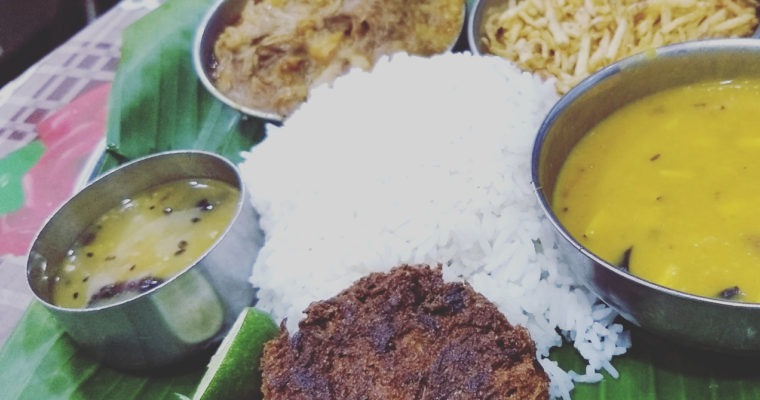


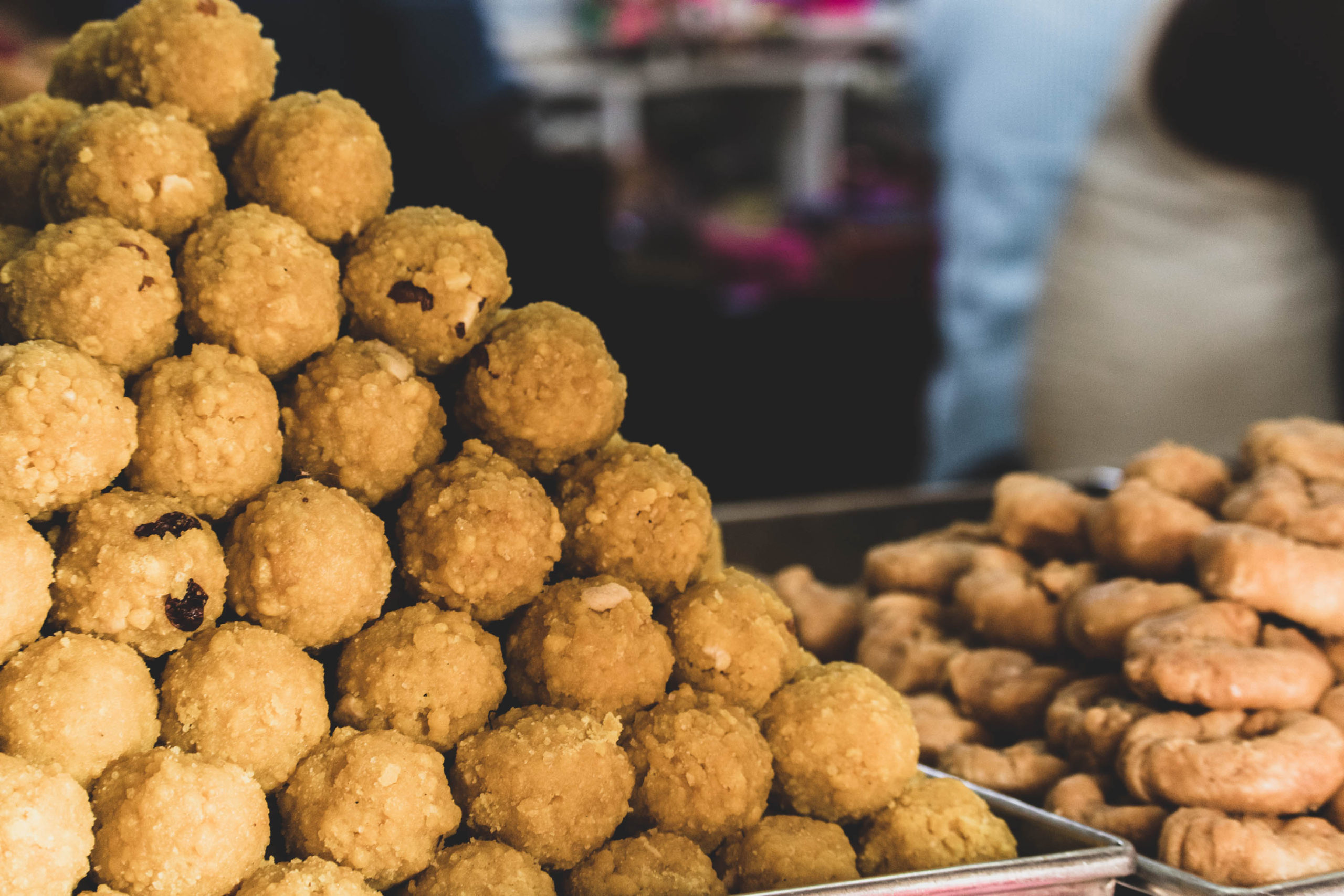
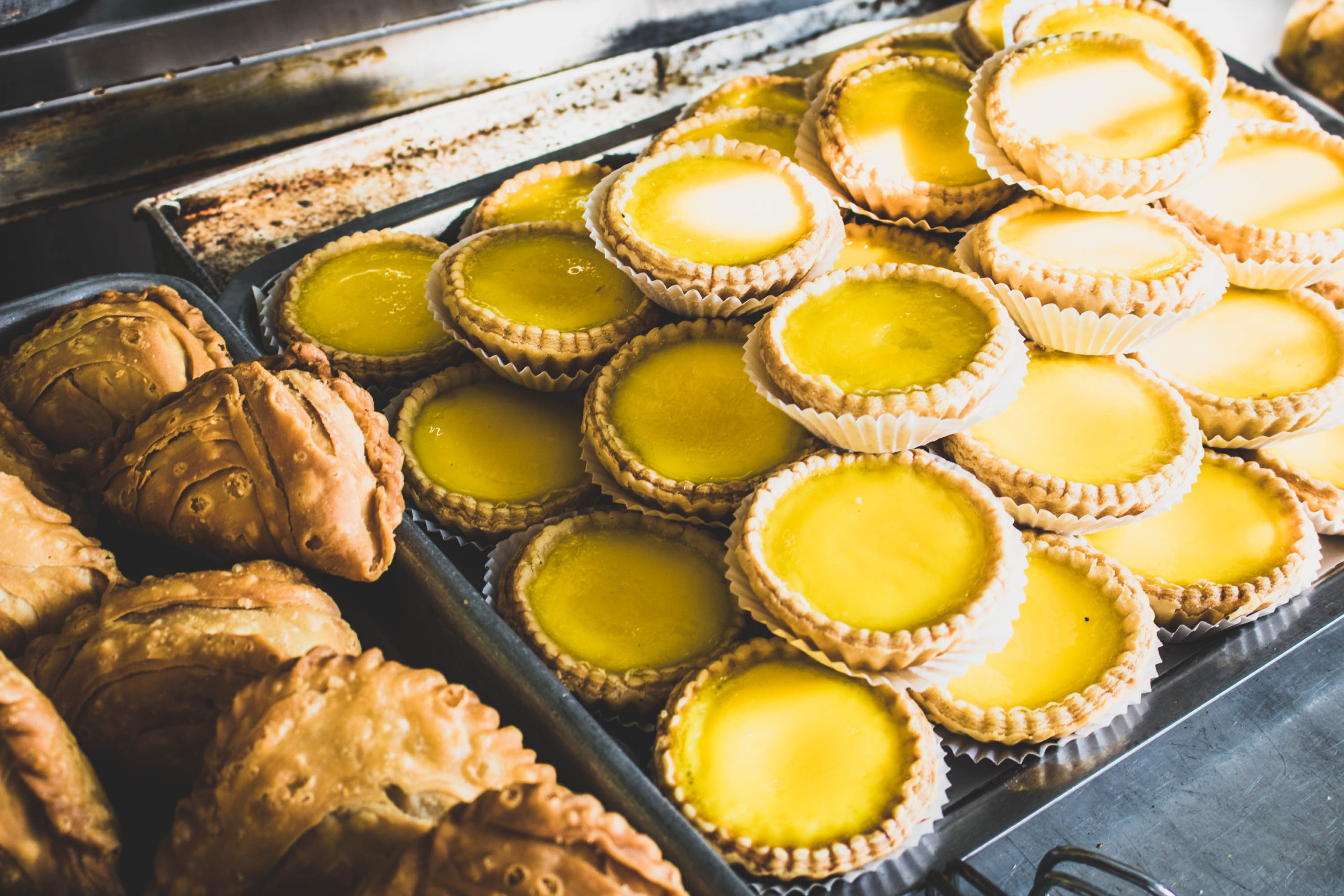

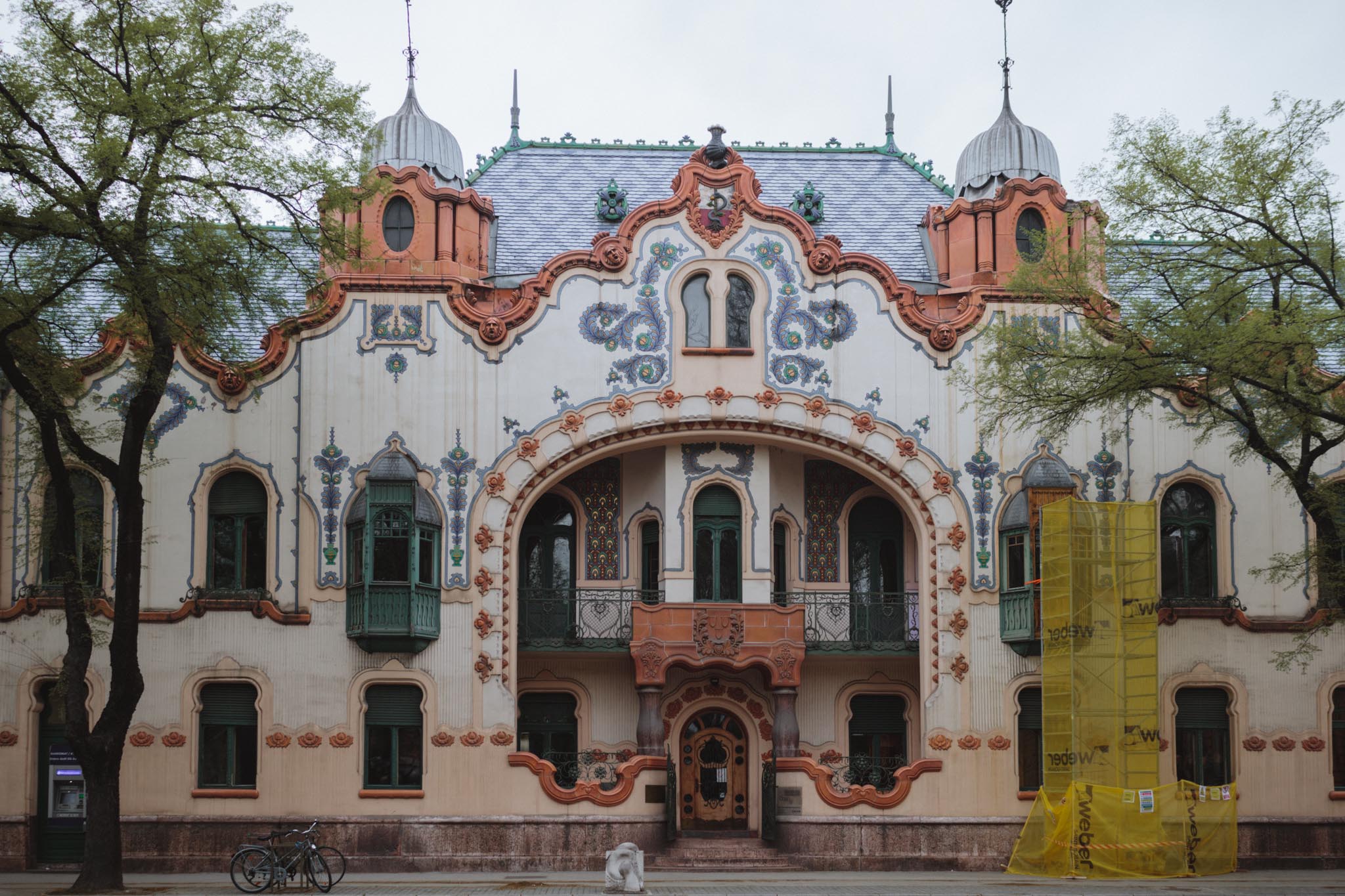

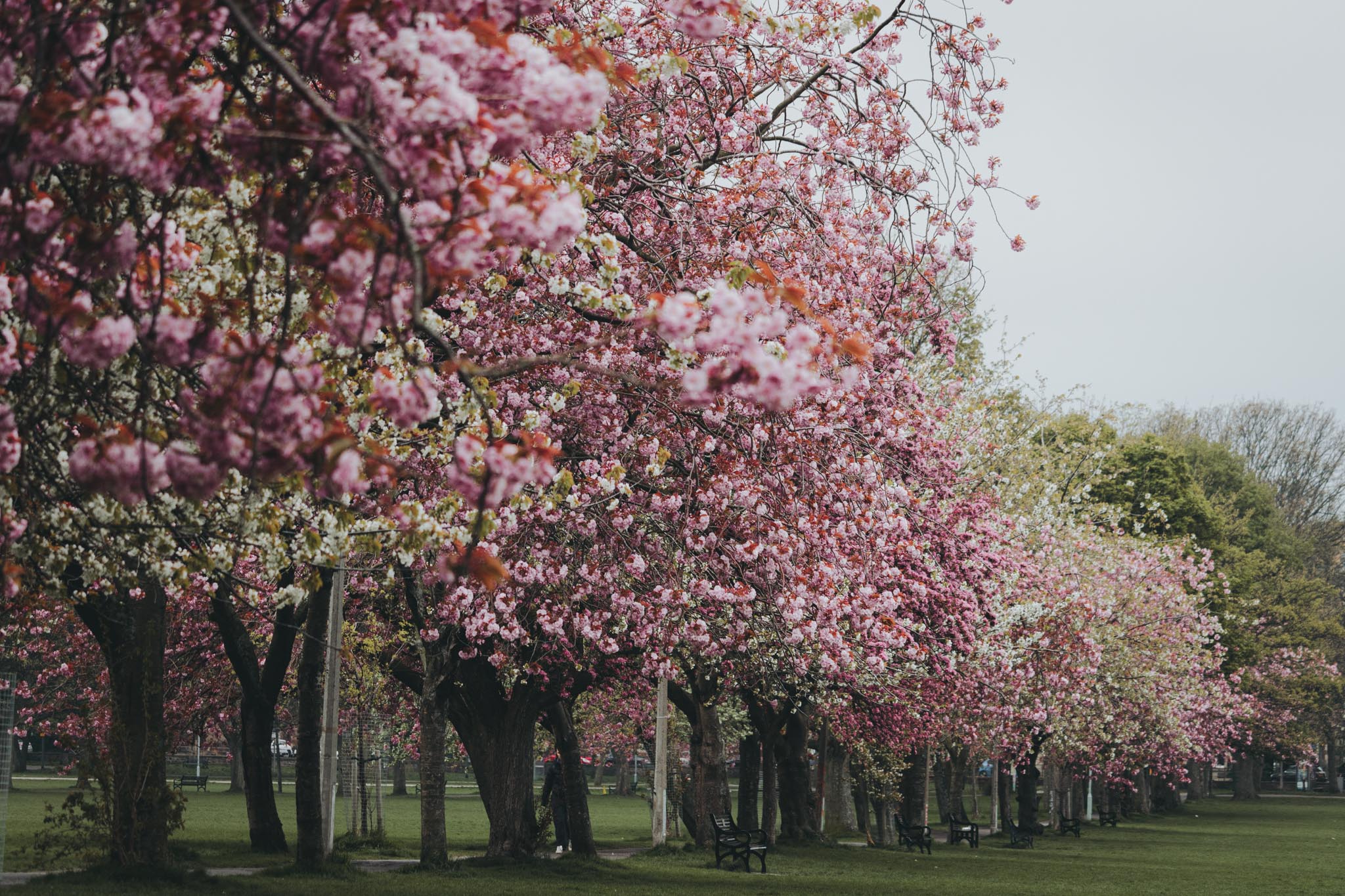


Leave a Reply